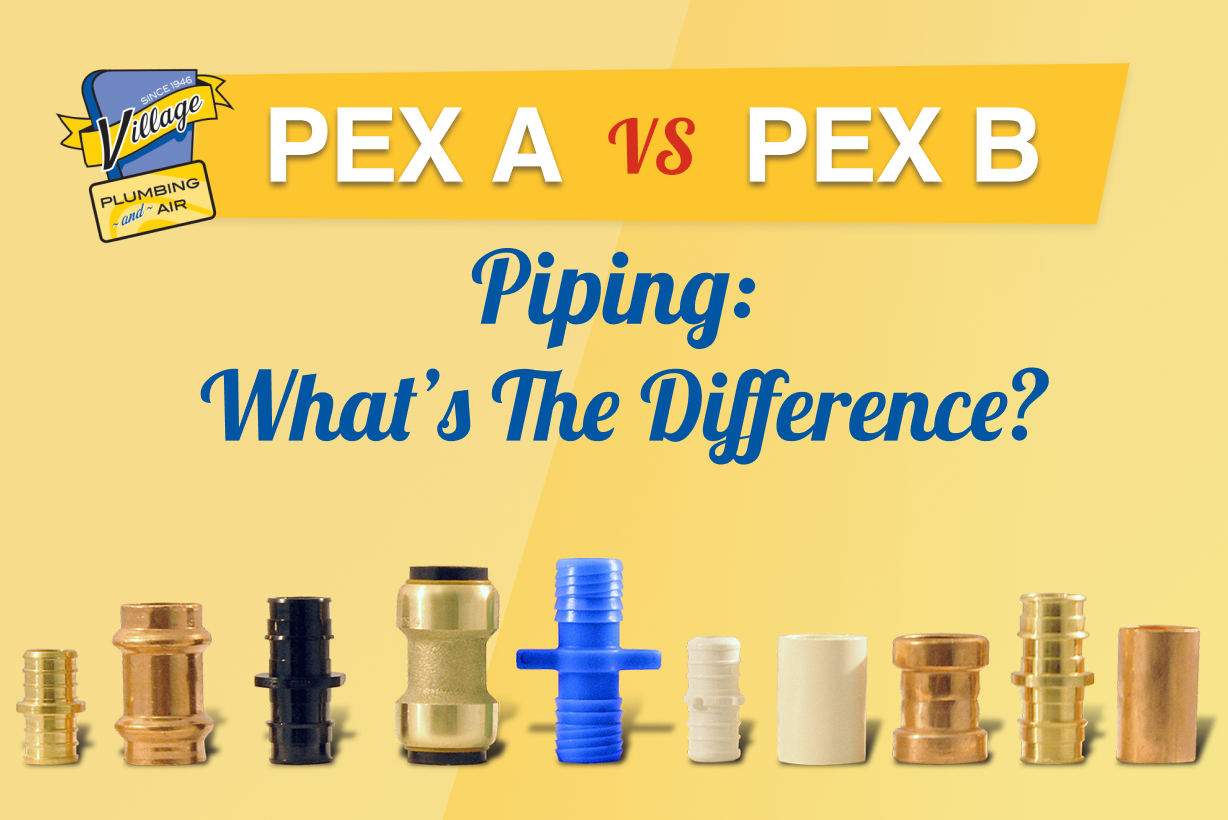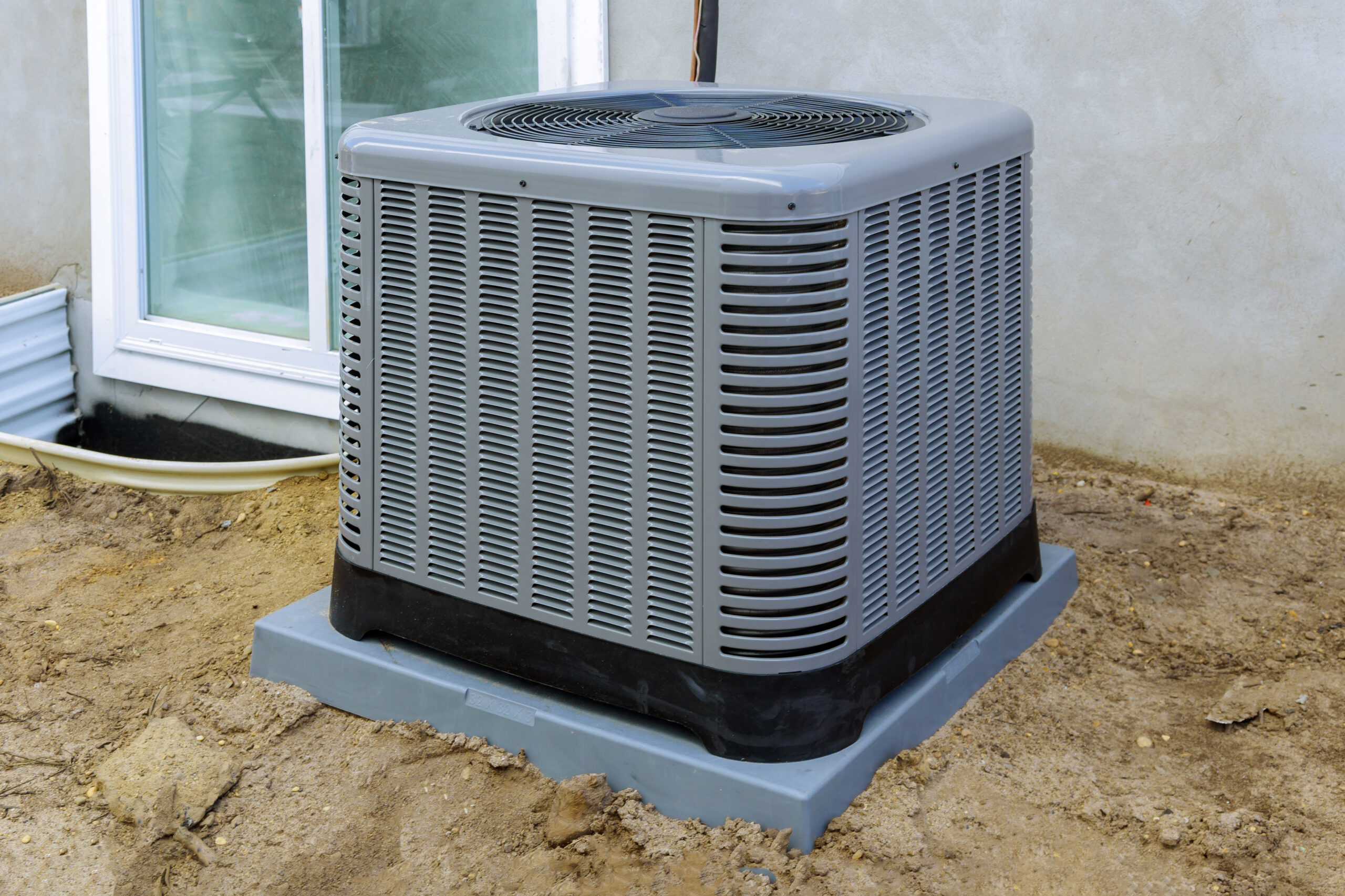Today, PEX piping is commonly used by residential plumbers. However, it wasn’t commonplace in the U.S. Until the mid-1980s, after having been introduced in Europe in 1968. Cross-linked polyethylene, or PEX, is available in different types. For this article, we’ll focus on two of them, and discuss PEX A vs. PEX B, their benefits, and when one is preferred over another.
Both forms are the same size, meeting Copper Tube Size standards. They also meet the ASTM F876 performance standard and NSF/ANSI/CAN 61 for installation in water distribution systems. And for use in multi-purpose fire suppression systems, they meet standards such as UL 1821.
PEX A and PEX B are rated the same way too, especially when it comes to material designation codes for chlorine resistance (up to Class 5), UV resistance (up to Class 3), and pressure rating. All PEX tubing sold in the U.S. has a 630 HDB rating, meaning it has a pressure rating of 160 psi at 73℉.
What Is PEX A?
High-density polyethylene (HDPE) is cross-linked using the Engel method, which involves adding peroxides before the product is formed. This improves bonding at the atomic level and also allows for a higher degree of cross-linking. PEX A is:- More flexible, making it expandable and suited for fastening by cold expansion.
- Resistant to kinking that will make a pipe unusable.
- Installed with an expansion-style fitting.
Why Use PEX A?
The risk of flow restriction is eliminating by the PEX A joining method. PEX A is also easier to fit in tight spaces. You can join it with existing pipe while reaching in a comfortable position. You’ll have a few seconds before the expansion fitting shrinks back. However, this fitting may take longer to shrink in colder environments.What Is PEX B?
A silane process, or steam or moisture cross-linking, is used to form PEX B pipe once the HDPE is extruded. The product is passed through steam. Meanwhile, a silane catalyst triggers cross-linking. PEX B is the most common PEX pipe. It offers the following benefits:- An expansion tool is not required to join PEX B pipe, making installation faster and simpler.
- The joining method is not affected by hot or cold temperatures.
- Meets the same ASTM standards as PEX A pipe.





